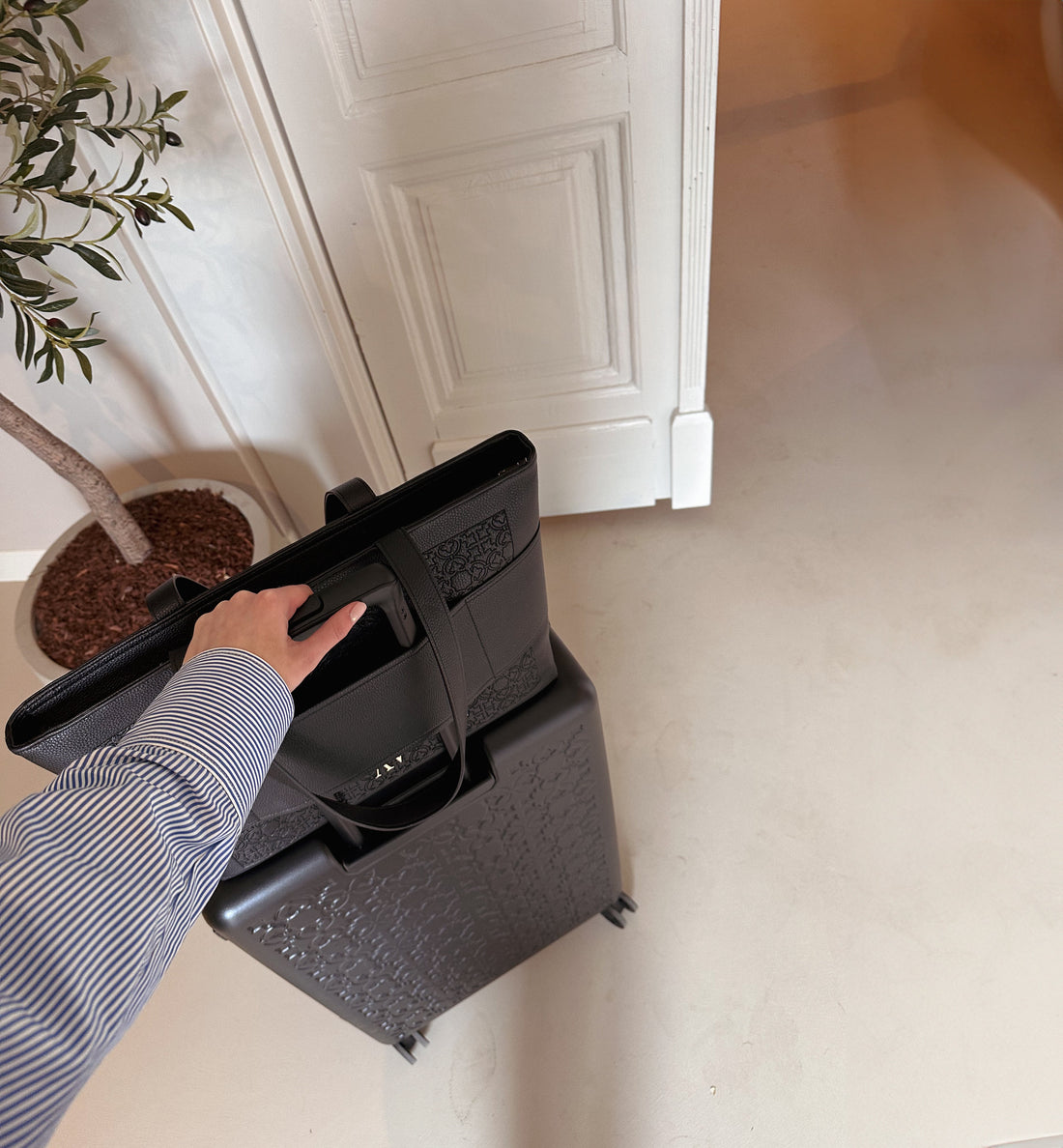Are you going on a trip soon and are you unsure about what you can take in your hand luggage ? Airlines have strict rules about what is allowed, especially when it comes to liquids, sharp objects and electronic devices. In this blog, we list the most important rules for you, so that you don't encounter any surprises at the airport.
What IS allowed in your carry-on luggage?
1. Documents & money : You should always keep your passport, airline tickets, bank cards and cash in your carry-on luggage.
2. Electronics : Laptops, tablets, phones, power banks and chargers are allowed, but often have to go through the security scan separately.
3. Liquids (with restriction) : Maximum 100 ml per container, with a total limit of 1 litre. All must be in a transparent, resealable bag.
4. Medication : You may take prescribed medication with you, but sometimes a doctor's note is required.
5. Food : Snacks and sandwiches are allowed, but be careful with liquid foods such as yoghurt or soup (this falls under the 100 ml rule).
What is NOT allowed in your carry-on luggage?
1. Sharp objects : Knives, scissors (longer than 6 cm), nail clippers and razor blades are prohibited.
2. Large quantities of liquids : All containers over 100 ml will be confiscated at security.
3. Sports equipment & tools : Hockey sticks, screwdrivers and hammers are only allowed in checked baggage.
4. Explosive or flammable substances : Matches, lighters containing petrol and fireworks are prohibited.
5. Certain batteries : Lithium-ion batteries above 100 Wh are sometimes not allowed in the cabin.
Additional tips to prevent problems
1. Always check your airline's rules , as they may differ per airline and country.
2. Pack your carry-on luggage wisely and make sure liquids and electronics are easily accessible for security checks.
3. Arrive at the airport on time so you don't have to rush if you need to repack or drop off something.
By preparing well you can avoid stress and delays at the security check.

